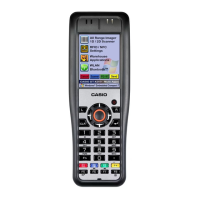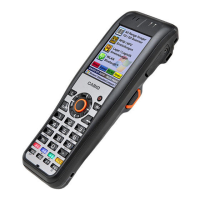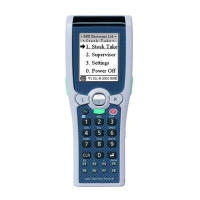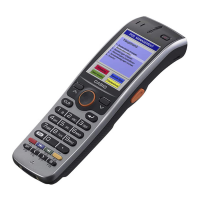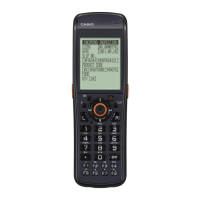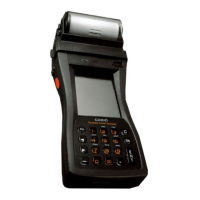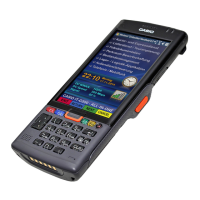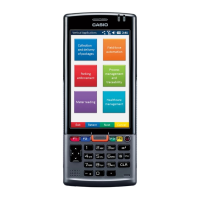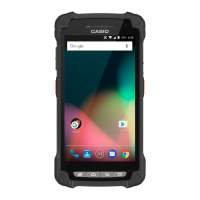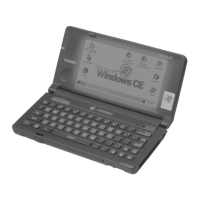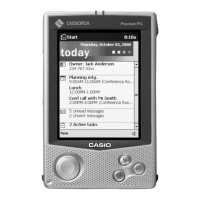73
Data communication functions
Data communication becomes possible once the IC card has been activated by the card polling
function.
Communication ends once the NFC module has received response information from the IC card in
response to a transmitted command, or when the timeout elapses.
When the communication is successful, the IC card remains in the activated mode, thus enabling
consecutive transmission of other data.
Function Description Termination criteria Timeout
Card polling
Function
Searches for IC cards
within communicable
range and, upon
detection, activates
the card and obtains
its response
information
The card is successfully
activated and card information
is obtained
Timeout elapses
Assigned callback function
returns 'FALSE'
'Stop polling' function is
executed
100-60,000msec
or
no timeout
Data
communication
functions
Data communication
can be performed with
successfully activated
IC card
IC card response reception is
complete
Timeout elapses
60msec
*1
*1 A timeout occurs when the wait time from the transmission of a command by the NFC module
until receipt of a response from the IC card exceeds the above-mentioned 60 milliseconds.
Below is an example of data communication between an NFC module and an IC card.

